Bothered by brambles and snagged by sow thistles, but what is the point of all this thorny microaggression?
Nature’s spiky deterrents — thorns, spines and prickles — may be quick to catch us out, but they can also prove to be a useful ally.
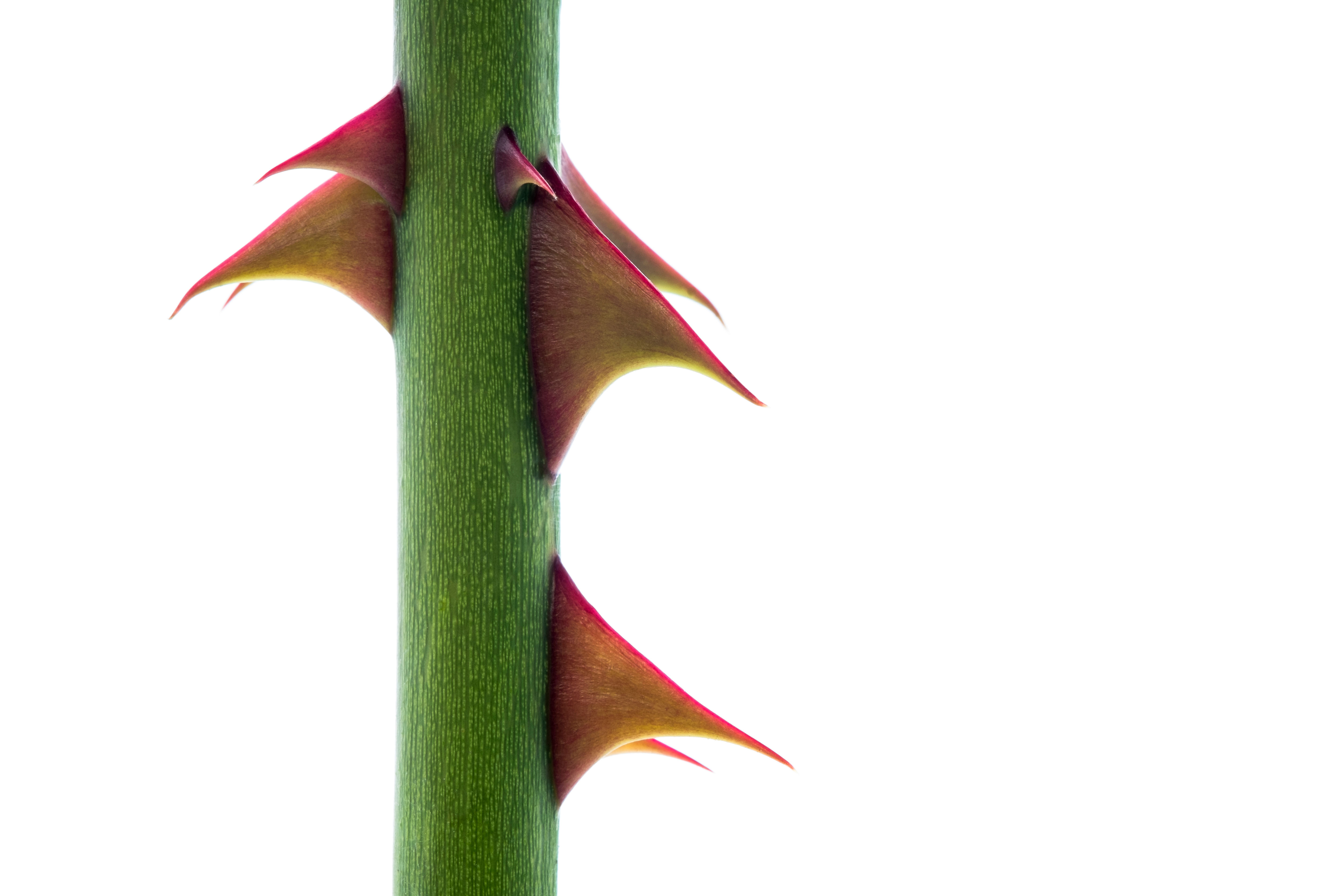

Poor old Theodore Oswaldtwistle the thistle sifter who, when sifting a sack of thistles, thrust three thorns through the thick of his thumb. This old tongue-twister, once used by P. G. Wodehouse’s Bertie Wooster to check on Jeeves’s sobriety, holds a painful truth. Nature’s thorns, spikes and prickles have the potential to leave us feeling sore.
If you’ve ever been snagged by a sow thistle or bothered by a bramble, you may, as you remove the barbs and unpick the prickles, be asking Nature: what is the point of all of this thorny microaggression? The blunt answer is self defence. Plants that don’t want to be eaten can employ various tactics. They can use chemical weapons — producing compounds that make them bitter, poisonous or unpalatable — or they may develop sharp and irritating protrusions to deter hungry herbivores.
‘The stem thorns of the hawthorn are a great example and protect the leaves from herbivores such as deer,’ notes Paul Rees, nursery manager of living collections at the Royal Botanic Gardens, Kew. He goes on to explain that, as well as thorns and prickles, which are technically different, some leaf petioles and flower stalks can dry and harden to form thorn-like structures and some leaves may have sharp rigid tips or margins. An example is holly, which generally has pricklier leaves at a lower level and smoother leaves higher up the tree, out of the reach of cattle and deer.
Animal browsers will avoid thorns, although goats, with their tough, specially adapted lips, tongues and digestive systems, seem to relish tackling a blackberry bush. This plant also uses its prickles to scramble and latch onto nearby neighbours, Paul explains.
As is so often the case, we have made an ally of Nature’s attempts to disadvantage us. Thorny shrubs such as blackthorn — the clue to its bristliness is in its Latin name, Prunus spinosa — and hawthorn make excellent hedging. According to West Country hedgelayer Paul Lamb, author of the book Of Thorn & Briar, thorny species should make up at least 60% of a good stockproof hedge. He works predominantly in the Midland style of hedgelaying, whereby the thorny ends of each plant are directed into the field where livestock are kept, confronting them with an impenetrable wall.
Injurious thorns are an occupational hazard. ‘Blackthorn makes a great hedgerow and habitat, but its thorns carry the highest risk of infection,’ he warns. ‘A deeply embedded thorn, if not removed, will fester and need treating with antibiotics. A thick tweed cap will offer some protection to the head, and glasses should also be worn. A thorn in the eye doesn’t bear thinking about.’ Artist Sir Alfred Munnings would concur: he lost the sight in one eye as a young man when bending down to lift a puppy over a stile.
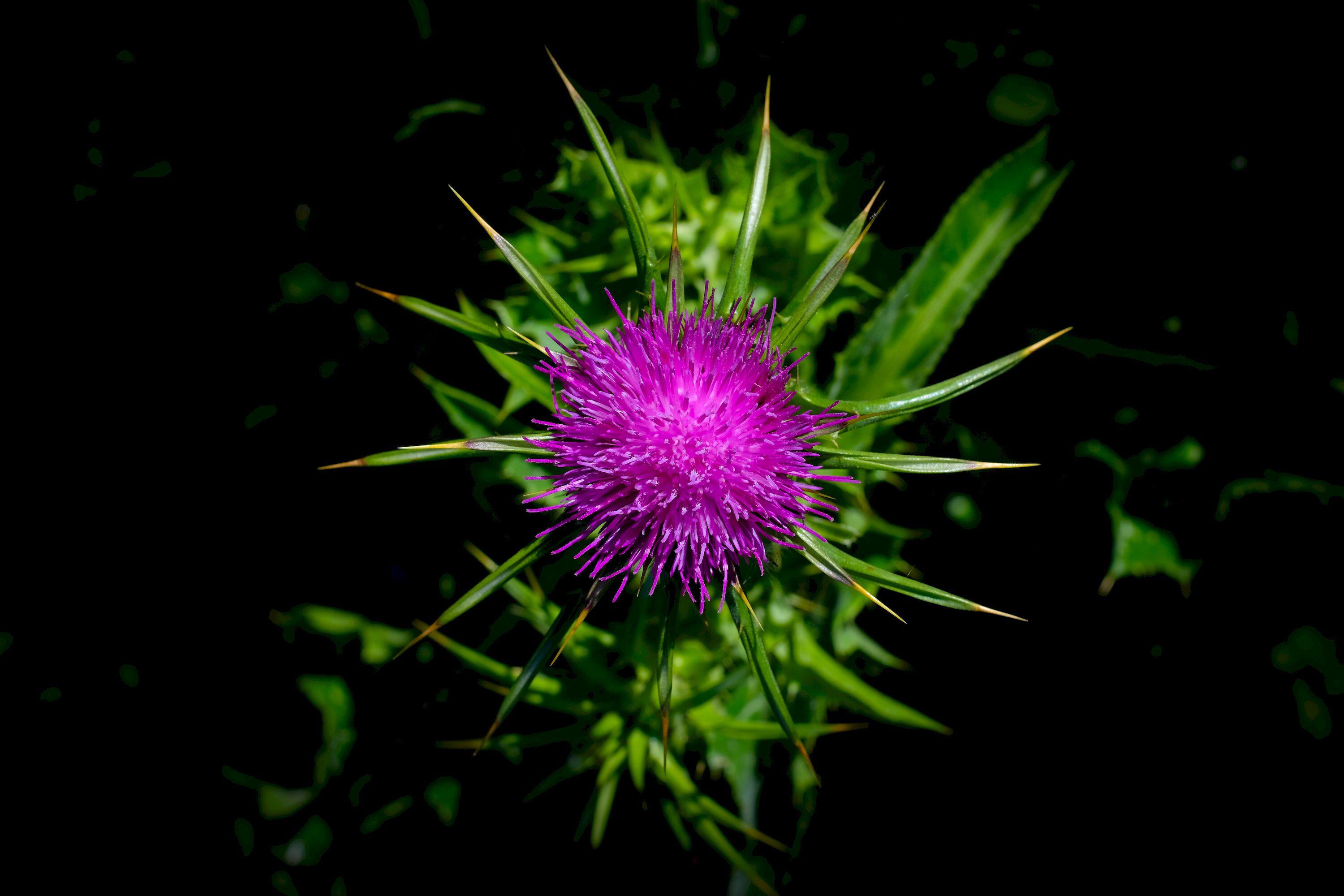
The thistle, with its spear-tipped leaves and bracts, became a symbol of vigilance and resilience for the Scots.
Flower arrangers habitually deal with the prickly problem by using a thorn stripper, a tool that grips the stem and shears off prickles, although some florists specialising in British seasonal flowers think thorns give them an edge. Veronique Foulds from Flower & Press, a floral design studio in London that provides arrangements for high-end weddings and events, loves to use briar roses in early summer: ‘They have such a beautiful shape, which you can’t get from any other rose.’ In winter, the stakes are lifted higher with the use of tall teasels, with their prickly stems and spiky seedheads, for dramatic effect.
Exquisite houses, the beauty of Nature, and how to get the most from your life, straight to your inbox.
Humans have learned from the protectiveness of thorns. The spiked dog collar — imagine Spike the bulldog from Tom and Jerry cartoons or the adornment beloved of punks and goths — was developed with a serious purpose. The spikes were originally designed to prevent an attacking wolf from getting a good grip on a canine’s neck and the collars are still worn by flock-guarding dogs in remote areas of Turkey. In Switzerland, where wolf numbers have been increasing, sharp anti-wolf collars have been developed for goats, sheep and cows.
We have also copied the thorn in order to weaponise it. The 14th century saw the invention, in Germany, of the morgenstern, or ‘morning star’: a club or mace with a spiky metal ball attached to its shaft, able to combine blunt force with puncturing power. This developed into the flail, the bristly head of which was attached to a chain for greater swinging power. Barbed wire, our manmade version of the thorny fence, was developed by Joseph Glidden in Illinois in 1873. The spiked wire fencing has since served as cheap stock proofing, as well as to hideous effect during the First World War.
The Scots have found thorns to be of assistance in the tale of how the thistle became the symbol of the nation. Long ago, as an invading Norse army crept barefoot through the night intent on a surprise attack, one of its soldiers is said to have stepped on a thistle and let out a giveaway cry. Thus the flower of Scotland, with its spear-tipped leaves and bracts, became a symbol of vigilance and resilience. Another thistle lover is Eeyore from A. A. Milne’s ‘Winnie-the-Pooh’ stories, who enjoys eating them so much he reserves ‘the most thistly looking patch of thistles that ever was’ for his birthday treat.
Perhaps the most famous thorn-adjacent legend is that of Sleeping Beauty, who pricks her finger on a spindle and drifts to sleep for 100 years as an impenetrable thicket grows up around her. There is a puzzle about how the soporific prick could have happened. A spindle is a wooden stick — traditionally made from the thornless spindle tree — used for spinning wool. Although it is carved to a taper at each end, it is never sharp enough to puncture skin: there would (literally) be no point in it being so lethal.
We have to respect Nature’s invention of the safeguarding thorn, even if we get a rogue one thrust into a thumb on occasion. Should you get a ‘raw paw’, as Baloo the Bear sings in Disney’s The Jungle Book… ‘Well next time, beware!’
Laura Parker is a countryside writer who contributes to the Scottish Field, the Dundee Courier and Little Toller’s nature journal The Clearing. She lives in the Cotswolds and keeps a small flock of Shetland sheep. You can follow her on X and Instagram: @laura_parkle.
-
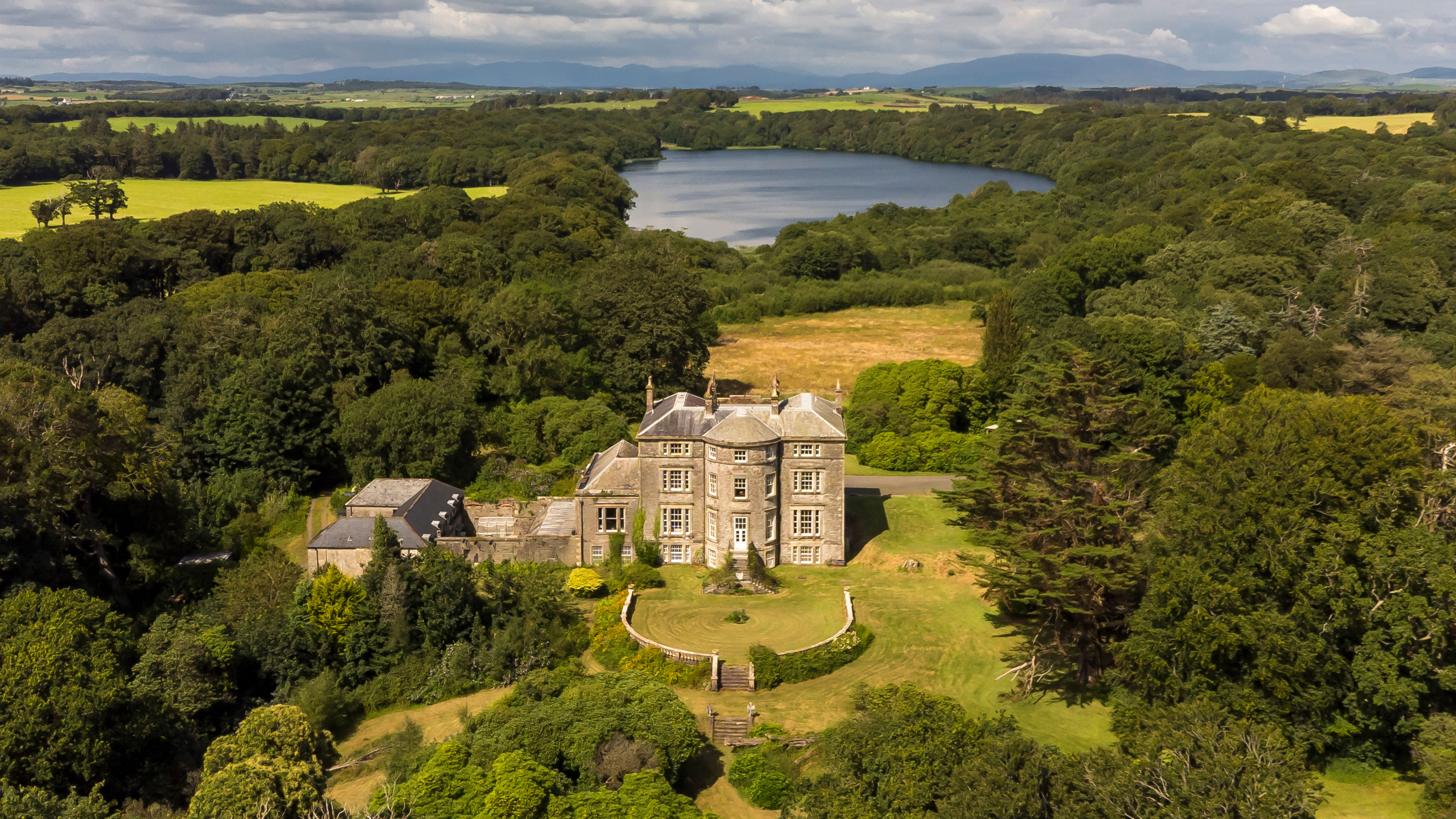 A grand country house and 329-acre estate for sale at £1.89 million — and it's on the market for the first time in a quarter of a millennium
A grand country house and 329-acre estate for sale at £1.89 million — and it's on the market for the first time in a quarter of a millenniumArabella Youens takes a look at the beautiful Monreith House and Estate on the south-west coast of Scotland.
-
 The Labour government of the 1970s saved our country houses. Will a Labour government of the 2020s save our country churches?
The Labour government of the 1970s saved our country houses. Will a Labour government of the 2020s save our country churches?Why not invest to save the most valuable community resources we have, perfectly placed at the heart of communities?
-
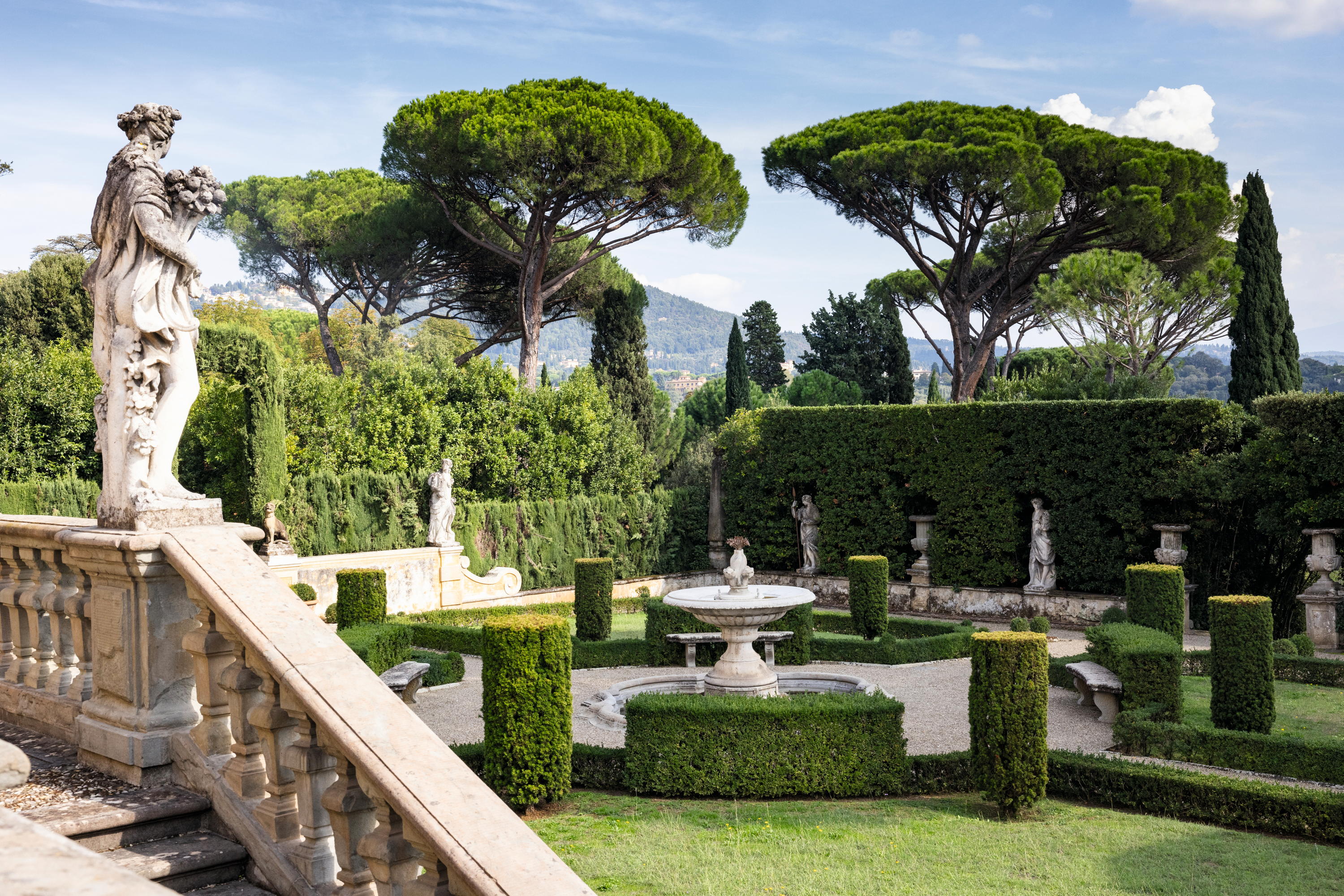 The Tuscan gardens where the English and Italian traditions come together, and Yorkshire rhubarb grows happily beside spectacular citrus
The Tuscan gardens where the English and Italian traditions come together, and Yorkshire rhubarb grows happily beside spectacular citrusNick Dakin-Elliot, who gardens in Tuscany, is still moved by the Italian hilltop gardens that command some of the most beautiful views in the world.
-
 'My family wore wool at a time when everyone else had cast it off in favour of manmade fabrics': The knitwear pioneer who is one of David Beckham's countryside champions
'My family wore wool at a time when everyone else had cast it off in favour of manmade fabrics': The knitwear pioneer who is one of David Beckham's countryside championsJulie Harding speaks to Rachel Carvell-Spedding the founder of British knitwear brand Navygrey, and one of David Beckham's countryside champions.
-
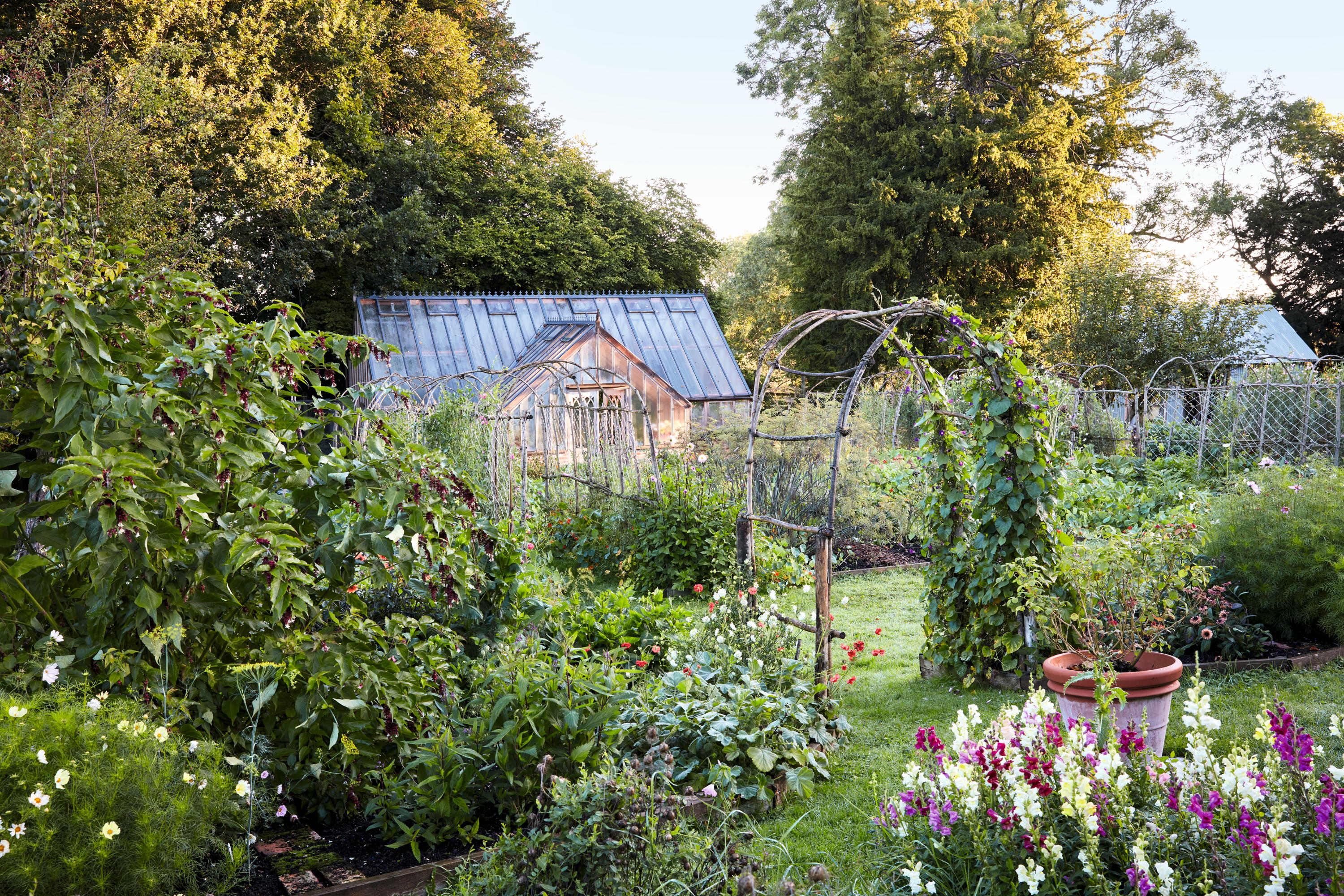 James Alexander-Sinclair: Making a new garden for someone is 'thrilling', but we need more sensitive and skilled gardeners to look after them
James Alexander-Sinclair: Making a new garden for someone is 'thrilling', but we need more sensitive and skilled gardeners to look after themPay your gardeners properly, says James Alexander-Sinclair as, without them, you will have no garden.
-
 'Seeing the work that people are doing all around the world has given me hope for the future': The young naturalist who is one of David Beckham's countryside champions
'Seeing the work that people are doing all around the world has given me hope for the future': The young naturalist who is one of David Beckham's countryside championsJulie Harding speaks to Ramandeep Nijjar, a young naturalist who has made an impact on the world even before finishing university, and one of David Beckham's countryside champions.
-
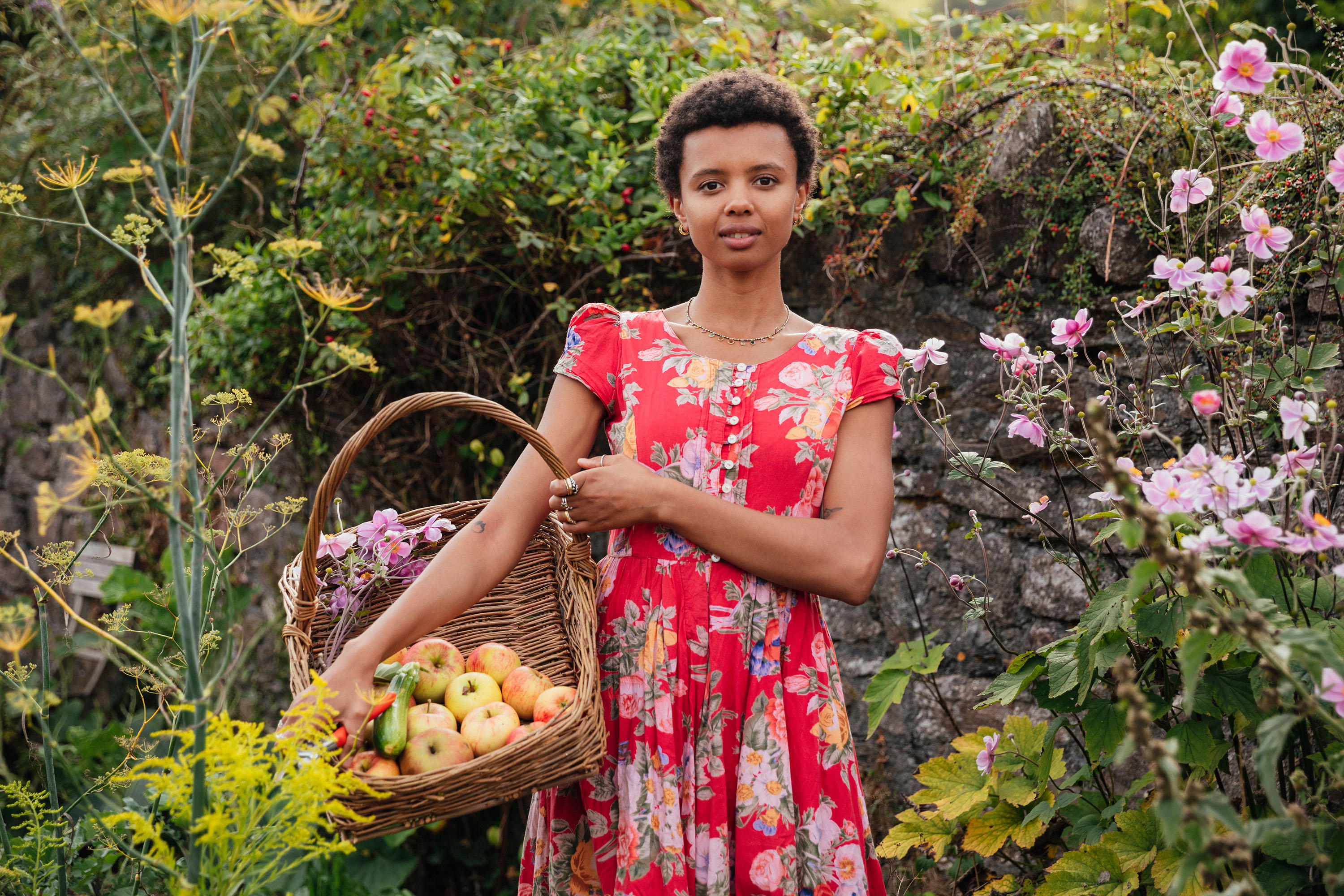 Poppy Okotcha, the model turned gardener who is one of David Beckham's countryside champions
Poppy Okotcha, the model turned gardener who is one of David Beckham's countryside championsPoppy Okotcha, the 29-year-old ecological community grower, garden content creator, author — and also one of David Beckham's countryside champions — speaks to Julie Harding.
-
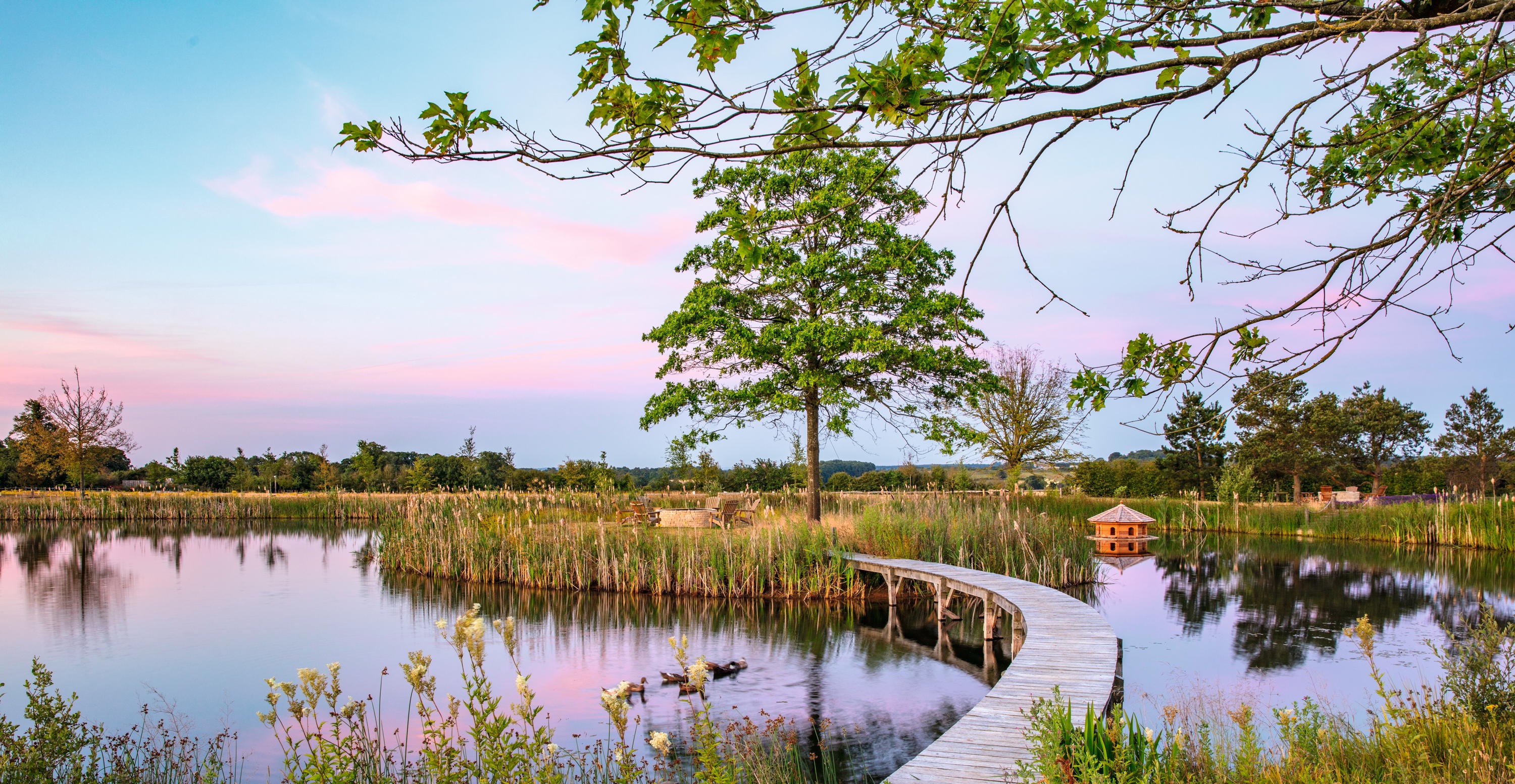 'I bought it without telling Victoria. She didn’t want another project... I sat her down, gave her a vodka and tonic and told her what I’d done': David Beckham tells Alan Titchmarsh about his Cotswolds home and garden
'I bought it without telling Victoria. She didn’t want another project... I sat her down, gave her a vodka and tonic and told her what I’d done': David Beckham tells Alan Titchmarsh about his Cotswolds home and gardenOn an open and windswept tract of land in Oxfordshire, where once stood some derelict barns and a lone maple tree, our guest editor Sir David Beckham has created a haven for his family and his honeybees. Photographs by Clive Nichols and Millie Pilkington.
-
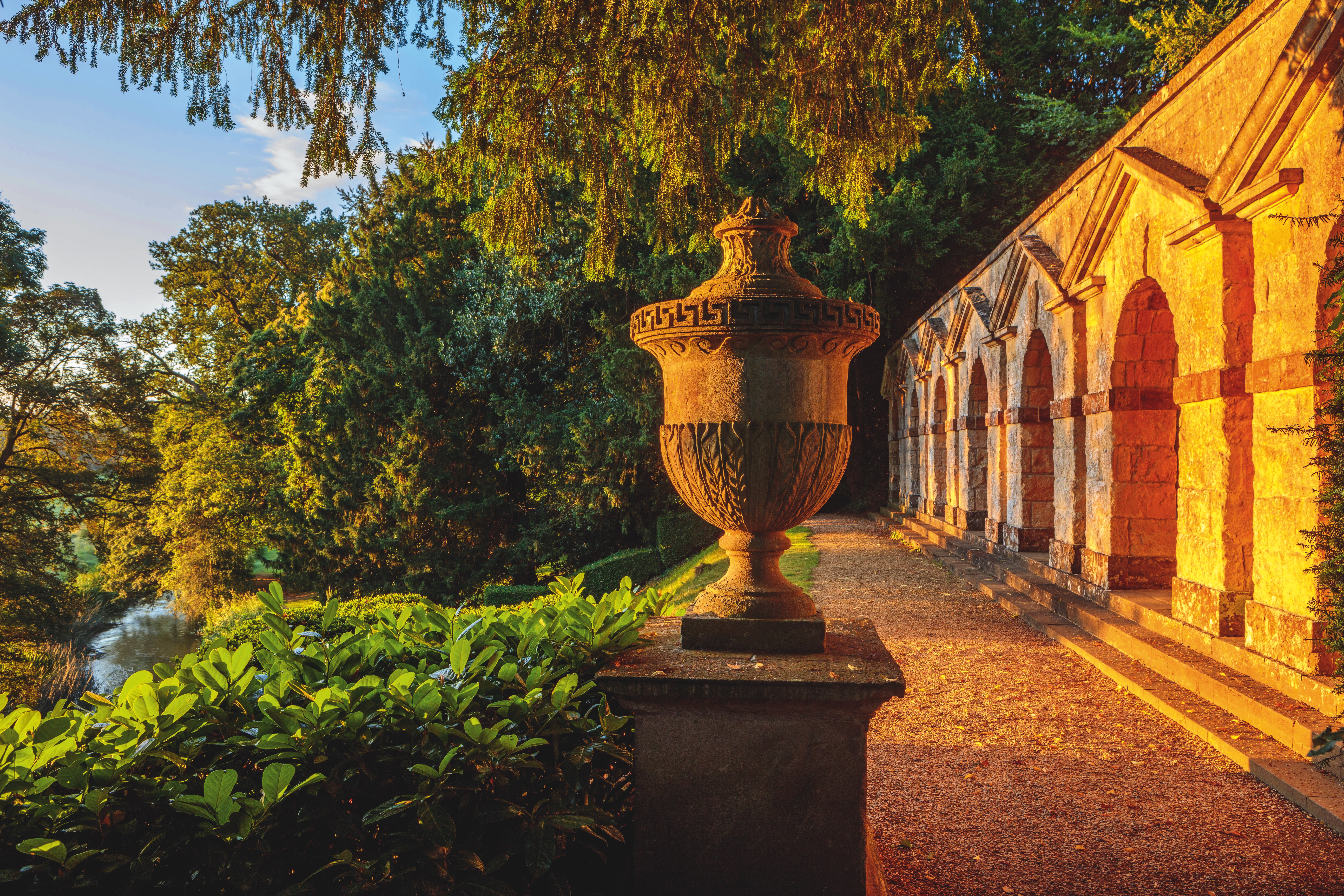 'One of the truly great gardens of the world' is at risk of having its vistas and tranquility blighted forever
'One of the truly great gardens of the world' is at risk of having its vistas and tranquility blighted foreverThe views from Rousham, the birthplace of the English landscape-garden movement, are at risk of development if plans for the nearby former RAF Upper Heyford Air Force base get the go-ahead.
-
 How Harper Beckham created the perfect gardener's birthday present for her father's 50th — with a little help from David Austin Roses
How Harper Beckham created the perfect gardener's birthday present for her father's 50th — with a little help from David Austin RosesWhen Harper Beckham wanted to commission a rose for her father’s birthday, there was only one man for the job, says Charles Quest-Ritson, as he takes a closer look at the science behind creating a new David Austin bloom.
